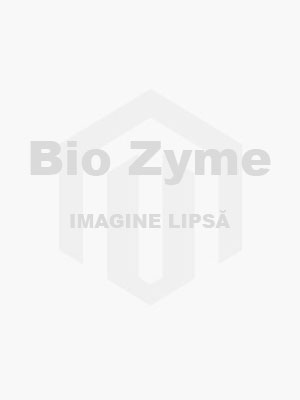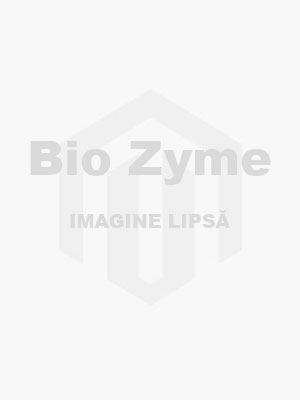ELK9469-48T, Horse Lingo1(Leucine rich repeat and Ig domain containing 1) ELISA Kit, 48T
Horse Lingo1(Leucine rich repeat and Ig domain containing 1) ELISA Kit
Alternative Names: FLJ14594; LERN 1; LERN1; Leucine rich repeat and Ig domain containing 1; Leucine rich repeat neuronal 6A; Leucine rich repeat neuronal protein 1; Leucine rich repeat neuronal protein 6A; Leucine-rich repeat and immunoglobilin domain-containing protein 1; Leucine-rich repeat and immunoglobulin-like domain-containing nogo receptor-interacting protein 1; Leucine-rich repeat neuronal protein 1; Leucine-rich repeat neuronal protein 6A; LIGO1_Horse; Lingo 1; LINGO1; LRR and Ig domain containing Nogo Receptor inteHorseing protein; Lrrn 6a; Lrrn6a; Lrrn6a protein; MGC17422; Nogo Receptor interacting protein; PRO227; UNQ201;
Species: Horse
Assay Type: Sandwich
Sensitivity: 0.094 ng/mL
Standard: 10 ng/mL
Detection range: 0.16-10 ng/mL
Sample type: Tissue homogenates, cell lysates and other biological fluids.
Assay length: 3.5h
Research Area: Cardiovascular
Test principle: The test principle applied in this kit is Sandwich enzyme immunoassay. The microtiter plate provided in this kit has been pre-coated with an antibody specific to Horse Lingo1. Standards or samples are added to the appropriate microtiter plate wells then with a biotin-conjugated antibody specific to Horse Lingo1. Next, Avidin conjugated to Horseradish Peroxidase (HRP) is added to each microplate well and incubated. After TMB substrate solution is added, only those wells that contain Horse Lingo1, biotin-conjugated antibody and enzyme-conjugated Avidin will exhibit a change in color. The enzyme-substrate reaction is terminated by the addition of sulphuric acid solution and the color change is measured spectrophotometrically at a wavelength of 450nm ± 10nm. The concentration of Horse Lingo1 in the samples is then determined by comparing the OD of the samples to the standard curve.
| Price | 1.800,00 RON (preturile sunt fara TVA) |
|---|---|
| Description |
Alternative Names: FLJ14594; LERN 1; LERN1; Leucine rich repeat and Ig domain containing 1; Leucine rich repeat neuronal 6A; Leucine rich repeat neuronal protein 1; Leucine rich repeat neuronal protein 6A; Leucine-rich repeat and immunoglobilin domain-containing protein 1; Leucine-rich repeat and immunoglobulin-like domain-containing nogo receptor-interacting protein 1; Leucine-rich repeat neuronal protein 1; Leucine-rich repeat neuronal protein 6A; LIGO1_Horse; Lingo 1; LINGO1; LRR and Ig domain containing Nogo Receptor inteHorseing protein; Lrrn 6a; Lrrn6a; Lrrn6a protein; MGC17422; Nogo Receptor interacting protein; PRO227; UNQ201; Species: Horse Assay Type: Sandwich Sensitivity: 0.094 ng/mL Standard: 10 ng/mL Detection range: 0.16-10 ng/mL Sample type: Tissue homogenates, cell lysates and other biological fluids. Assay length: 3.5h Research Area: Cardiovascular Test principle: The test principle applied in this kit is Sandwich enzyme immunoassay. The microtiter plate provided in this kit has been pre-coated with an antibody specific to Horse Lingo1. Standards or samples are added to the appropriate microtiter plate wells then with a biotin-conjugated antibody specific to Horse Lingo1. Next, Avidin conjugated to Horseradish Peroxidase (HRP) is added to each microplate well and incubated. After TMB substrate solution is added, only those wells that contain Horse Lingo1, biotin-conjugated antibody and enzyme-conjugated Avidin will exhibit a change in color. The enzyme-substrate reaction is terminated by the addition of sulphuric acid solution and the color change is measured spectrophotometrically at a wavelength of 450nm ± 10nm. The concentration of Horse Lingo1 in the samples is then determined by comparing the OD of the samples to the standard curve. |

 English
English



